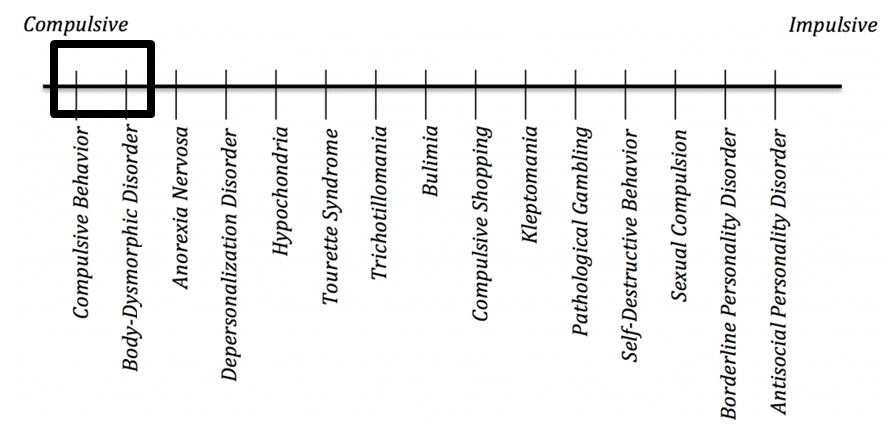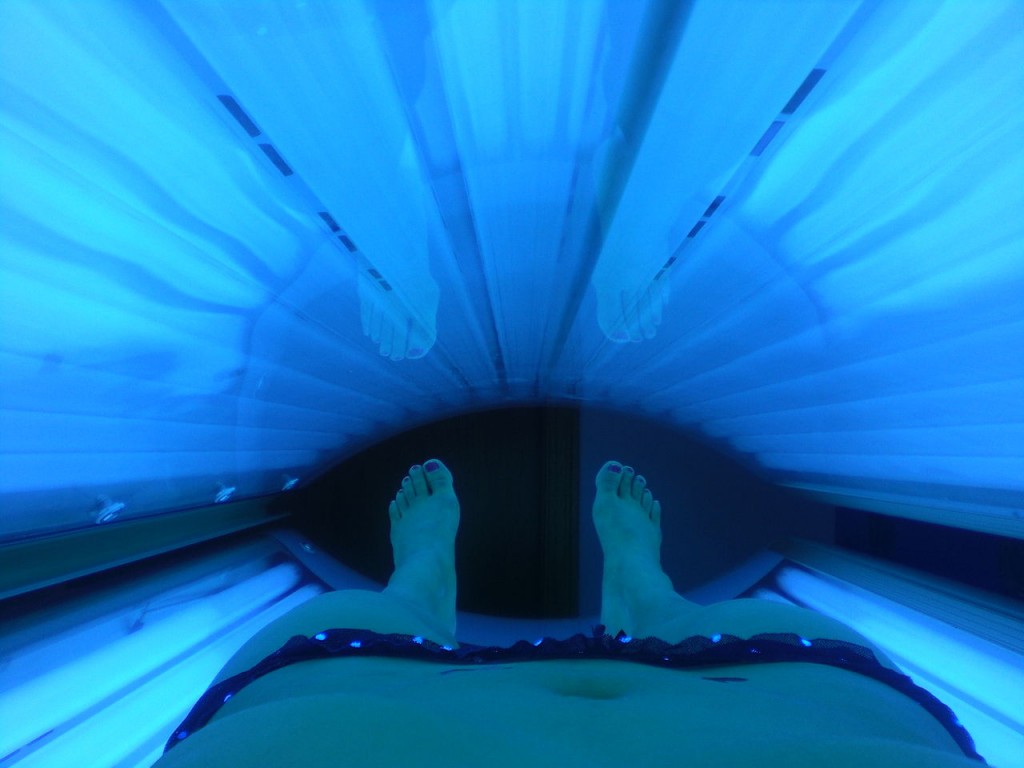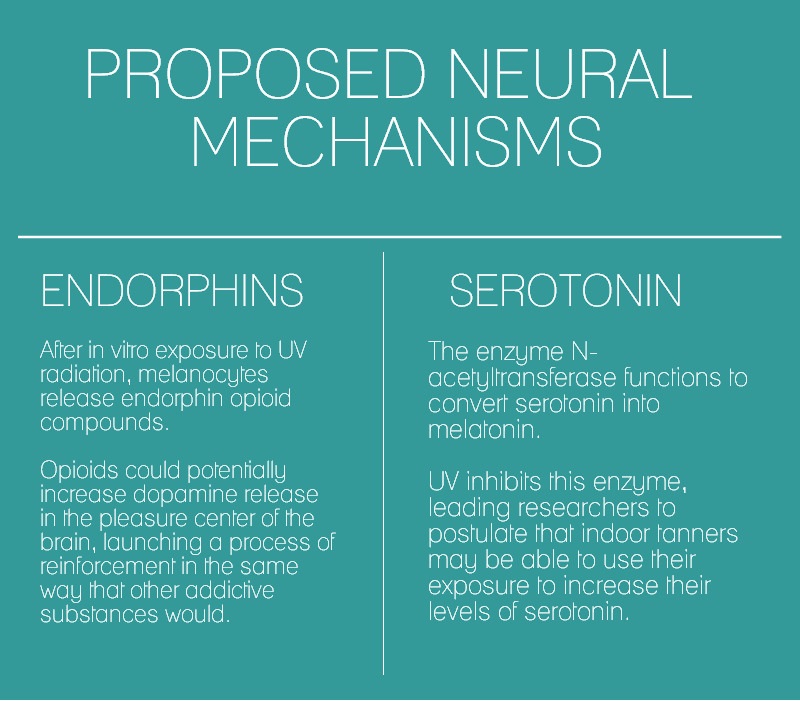Body Modification
What is it?
Body modification has been a prevalent form of self-expression for centuries, and only recently has become a basis for addiction study. It has been defined as a “semi-permanent, deliberate alteration of the body” (Wohlrab). This category of addictions typically includes addictions to tattoos, piercings, and scarification and branding, but can be expanded to also include tanning and cosmetic surgery addictions. Much research has been devoted to the motivations behind these addictive behaviors, but not as much is known about the neural mechanisms that make them addictive. To illustrate the mechanisms behind body modification addictions, we will take a closer look at tanning addiction.
Tanning addiction is…
a syndrome in which an individual becomes addicted to outdoor sunbathing or the use of tanning beds.
When does this behavior become an addiction?
Frequent tanners are thought to have increased knowledge of the risks of tanning (acute sunburn, skin cancer, premature aging), yet they still engage in extreme tanning. This relationship has been established in other addictions such as alcohol dependence and gambling addiction (Nolan et al.). A person has become addicted to tanning when cravings start to interfere with daily life, an increased tolerance has been developed, and withdrawal symptoms occur.
- Is it easier for them to quit?
- A study found it was more difficult for individuals who started tanning younger and more frequently to quit compared to those who started later in life or tanned less frequently.
The CAGE questionnaire (Nolan and Feldman)
- Although it is normally used to assess alcohol addiction, studies have shown replacing the term “drinking” with “tanning” has proved to be functional in assessing tanning dependence.
 Relationships to other disorders
Relationships to other disorders
Substance-Related Disorder (SRD)
Does ultraviolet light constitute a type or SRD?
Research has shown that 26% of participants met tanning modified CAGE criteria for SRD with respect to ultraviolet light tanning.

Body Dysmorphic Disorder (BDD)
BDD focuses on a preoccupation with a perceived defect in appearance; thus, causing clinically significant distress or impairment. A recent study found that 25% of subjects engaged in BDD-related tanning, and found that 84% of these individuals, the skin was the most common area of concern (Nolan et al).
Tanning Addiction: The Neural Mechanism
Under normal circumstances, dopamine is released into the brain, thus, resulting in a happy mood.
However, when an individual goes tanning, UV light results in opioids binding to receptors. This binding increases the amount of dopamine released into the brain. Which, results in an increased, elevated mood. Mood enhancement and pain relief are considered reinforcing factors in tanning addictions.
Opioid Blockade experiment (Kaur et al.)
In this experiment…
- Researchers compared Frequent vs. Non-Frequent tanners
- Subjects were given Naltrexone, a drug that blocks opioid receptors, in different doses (5 mg, 15 mg, and 25 mg)
- The study found that frequent tanners showed a reduced preference for UV exposure with naltrexone doses of 15 and 25 mg, compared to 5 mg. Thus, suggesting that opioid presence is connected to UV preference.





